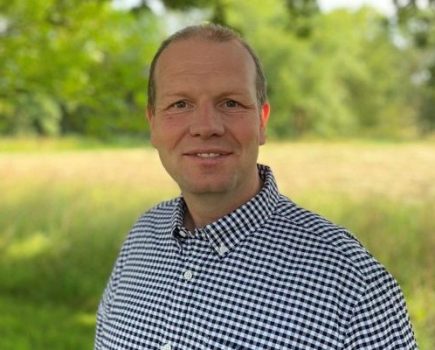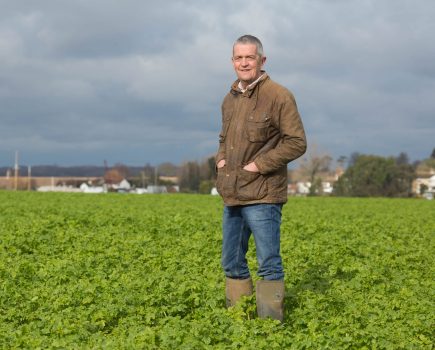
Another year is drawing to a close and it’s certainly been a memorable one for many reasons! The peculiarities of Mother Nature have confirmed farming is a business like no other.
No amount of planning can protect growers from the risk of a season that has thrown everything at us – several heavy snow falls, a cold wet spring which rapidly turned into a bone-dry and hot summer. And then an Indian Summer, which has been a blessing when it came to harvesting spuds and drilling winter crops but not so great for oilseed rape establishment.
Then we have Brexit – which if nothing else, provides a fascinating insight into politics. We’ve had the outlines of the new Agriculture Bill which has confirmed that subsidies for production will very soon become a thing of the past. According to CPM’s Brexit survey, 82% of respondents believed there’s not sufficient clarity in the Bill to allow them to prepare their businesses. It also revealed that 55% of farmers don’t believe their business prospects will be improved after March 2019 but in spite of that, 47% still believe their business is resilient enough to withstand a bad withdrawal from the EU.
It’s reassuring that so many must have a handle on their costs of production and which side of the productivity fence their businesses will best survive on. For me, it was fascinating to visit Tim Lamyman, who has structured his business as very high output which is supported by a corresponding level of inputs. As far as he’s concerned, the much-pondered ‘yield plateau’ isn’t a reality that limits the performance he extracts from his varieties. His experimental formula is showing what’s possible.
It’s been a year where attention has really turned to the disruptive technologies which are set to revolutionise the way we farm in years to come. The prospect of robots scouting the fields may still seem futuristic but it’s a technology that’s gathering pace. Hands Free Hectare is attracting interest from all over the world and out of these cutting-edge innovations, practical applications will no doubt emerge.

New technologies will probably require a change in thinking to get the best from them.
Disease forecasting is coming online, with networks of sentries now in place across the country. Although yet to be proven, their potential in helping agronomists refine timings and rates is undeniable. The need to adapt our production to become less dependent on synthetic chemistry is becoming ever clearer. Shifts in pathogen populations almost across the board can only indicate that this isn’t a sustainable way to farm. The big question is how do we do things differently and help the crop to help itself?
It’s no coincidence that all of the major agchem companies are looking at biopesticides, elicitors and biostimulants. The smaller, more specialist companies may well have a march on the big guns, with several very interesting products already on the market. The big challenge is to understand how they’re working so they can be used to best effect on farm – these products aren’t cheap.
It’ll probably require some more out-of-the-box thinking than just trying to fit them into traditional fungicide timings. The problem with applying products when the way they work isn’t well understood is that sometimes they work incredibly well and at other times yield responses can be negligible. We need to be careful we don’t try and shoehorn these new technologies into the current way of doing things and then discount them because they haven’t delivered. So identifying the crops, varieties and growing conditions where a yield response is a given is a must.
The key may lie in the biochemistry of plants. Fortunately, the science to better understand plant signalling and defence mechanisms is available but mostly it’s sitting firmly in the realms of academia and it needs to be transferred into the field. Expect to hear more about how plants signal they’re under stress and then how we can detect these ‘cries for help’ at the primary stress response stage rather than before damage is done to tissues by secondary responses, such as oxidative stress. Surely this piece of the jigsaw would be of enormous benefit when it comes to deriving the best timing to best support crops when the going gets a bit tough. Exciting times ahead!
Based in Ludlow, Shrops, CPM technical editor Lucy de la Pasture has worked as an agronomist. @Lucy_delaP




